

Connecting in the Grey Zone
Jess Gall + Rebecca Jensen, Arini Byng, Eugene Choi, Ivey Wawn, Angela Goh, Isabella Hone-Saunders, ie.-bs
5–20 Dec 2019
A grey zone is characterised by an absence of regulation and an indeterminacy of form. Within contemporary performance practice there exists two such grey zones: the grey zone in which performance is exhibited – a hybrid space between theatre’s black box and the gallery’s white cube – and the grey zone of digital technology and social media, a now ubiquitous form through which performance is documented and distributed.
Connecting in the grey zone situated itself at the point where two grey zones converge, in order to interrogate the function of digital technology in this space. The project posed questions concerning the symbiotic relationship between these zones, the role of the body and the audience in this context, and the part that social media played in the popularity of performance art.
Over the course of three weeks, ten artists and five writers working with, or adjacent to contemporary performance practice, addressed these questions in order to better understand performance and its shades of grey, and reiterate the importance of the body in this space.
Opening performances by Eugene Choi, Isabella Hone-Saunders and Ivey Wawn.
Round table discussion with Arini Byng, Jess Gall + Rebecca Jensen, Amelia Wallin and Pip Wallis, moderated by Anador Walsh + PERFORMANCES by Eugene Choi with Arben Dzika, and Ivey Wawn
Read the publication Connecting in the grey zone with contributions from Eugene Yiu Nam Cheung, Mark Feary, Brooke Stamp, Lizzie Thomson and Anador Walsh and documentation of the exhibition, performances and public program.
The 2019 Emerging Curator Mentorship program was focused on curatorial research and the development of an exhibition at BLINDSIDE under the mentorship of Mark Feary, Artistic Director, Gertrude Contemporary.
The annual Emerging Curator Mentorship is supported by the Victorian Government through Creative Victoria and the City of Melbourne.
Connecting in the grey zone was generously supported by Create Space Consultancy and MurriMatters.
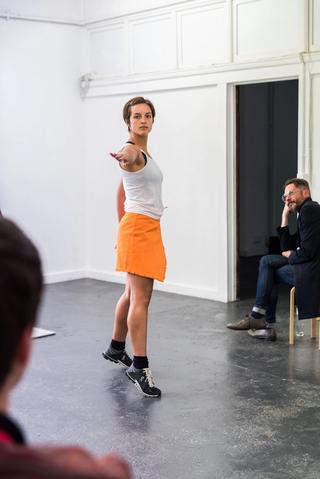

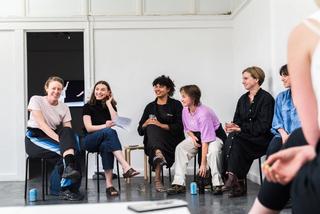

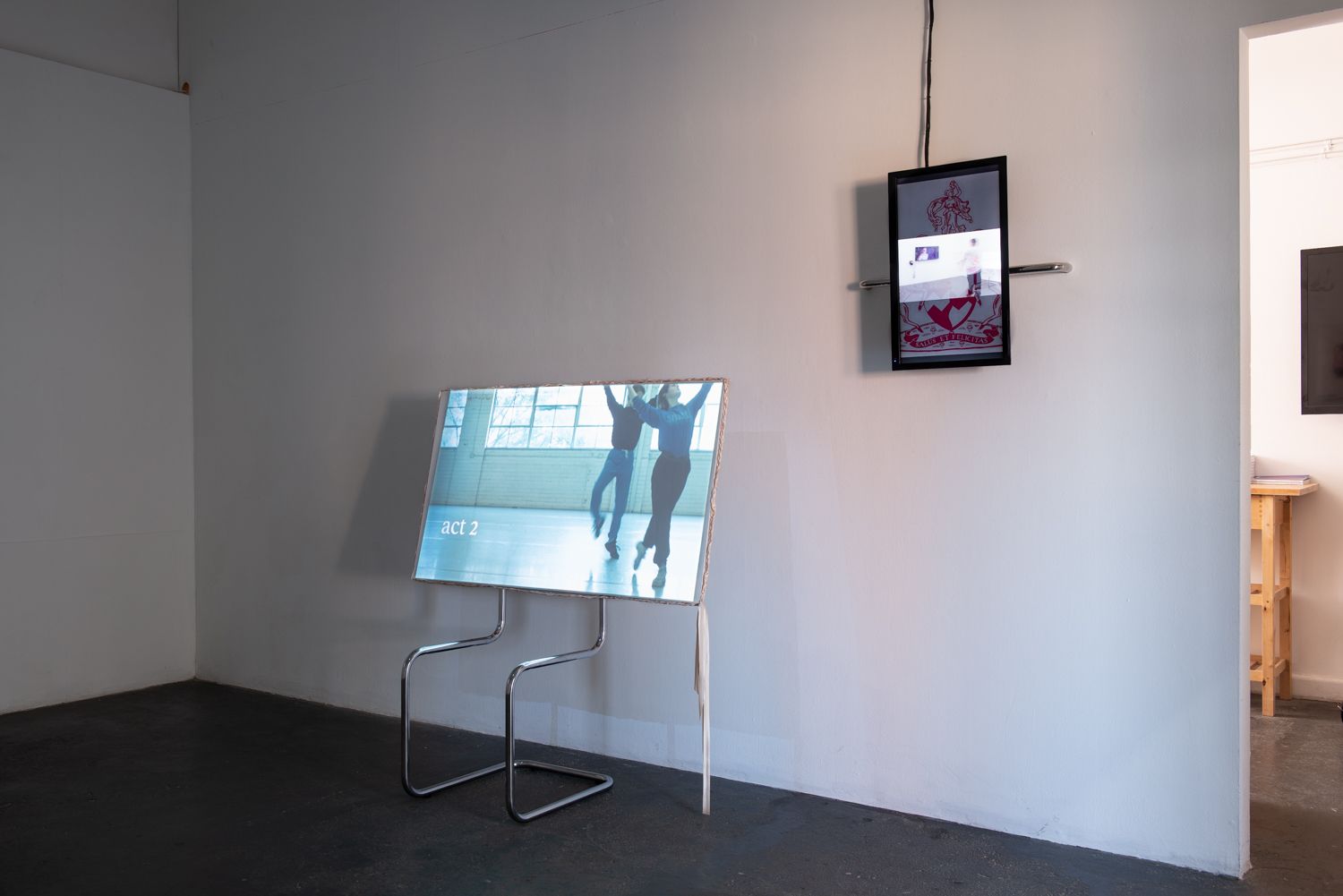



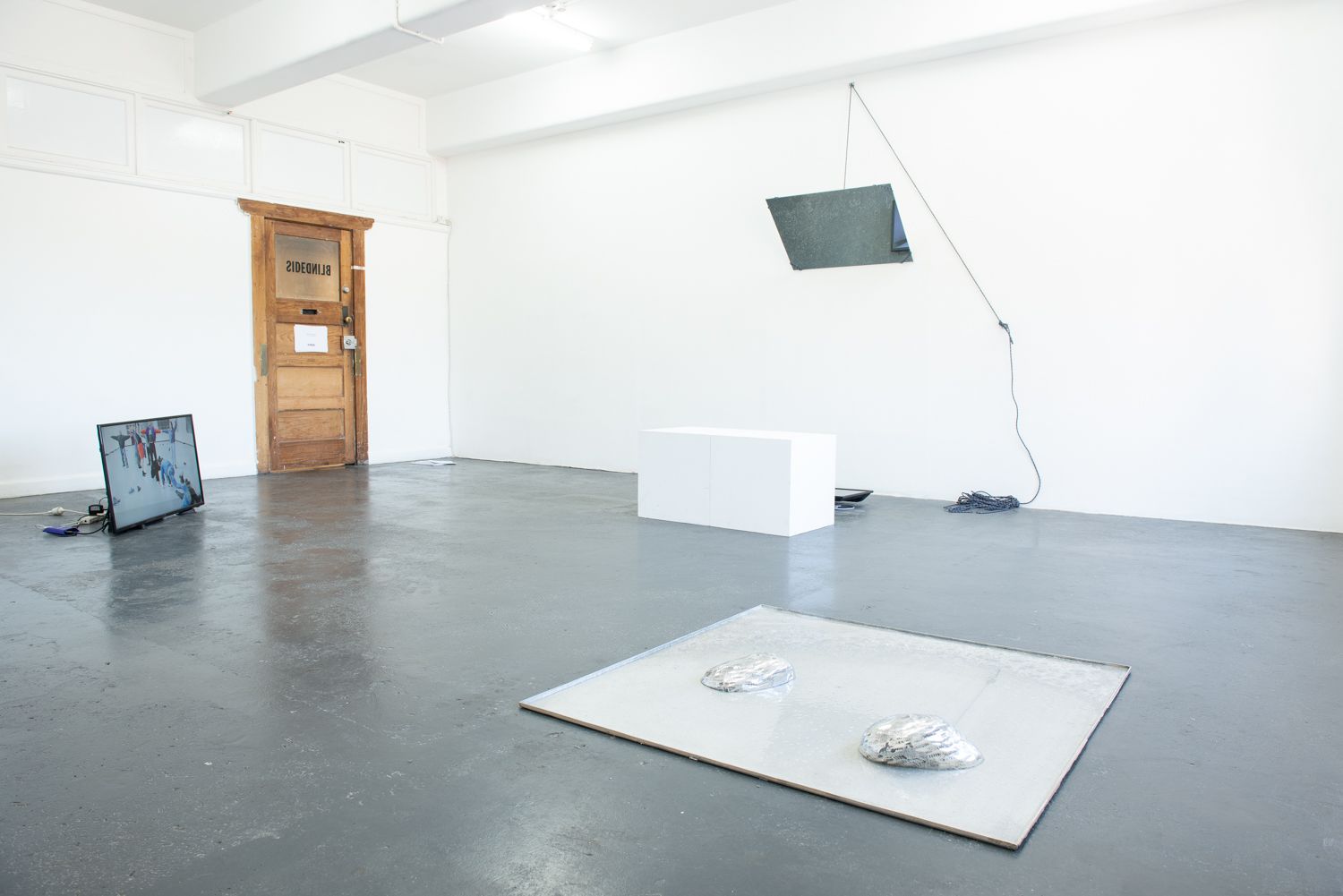





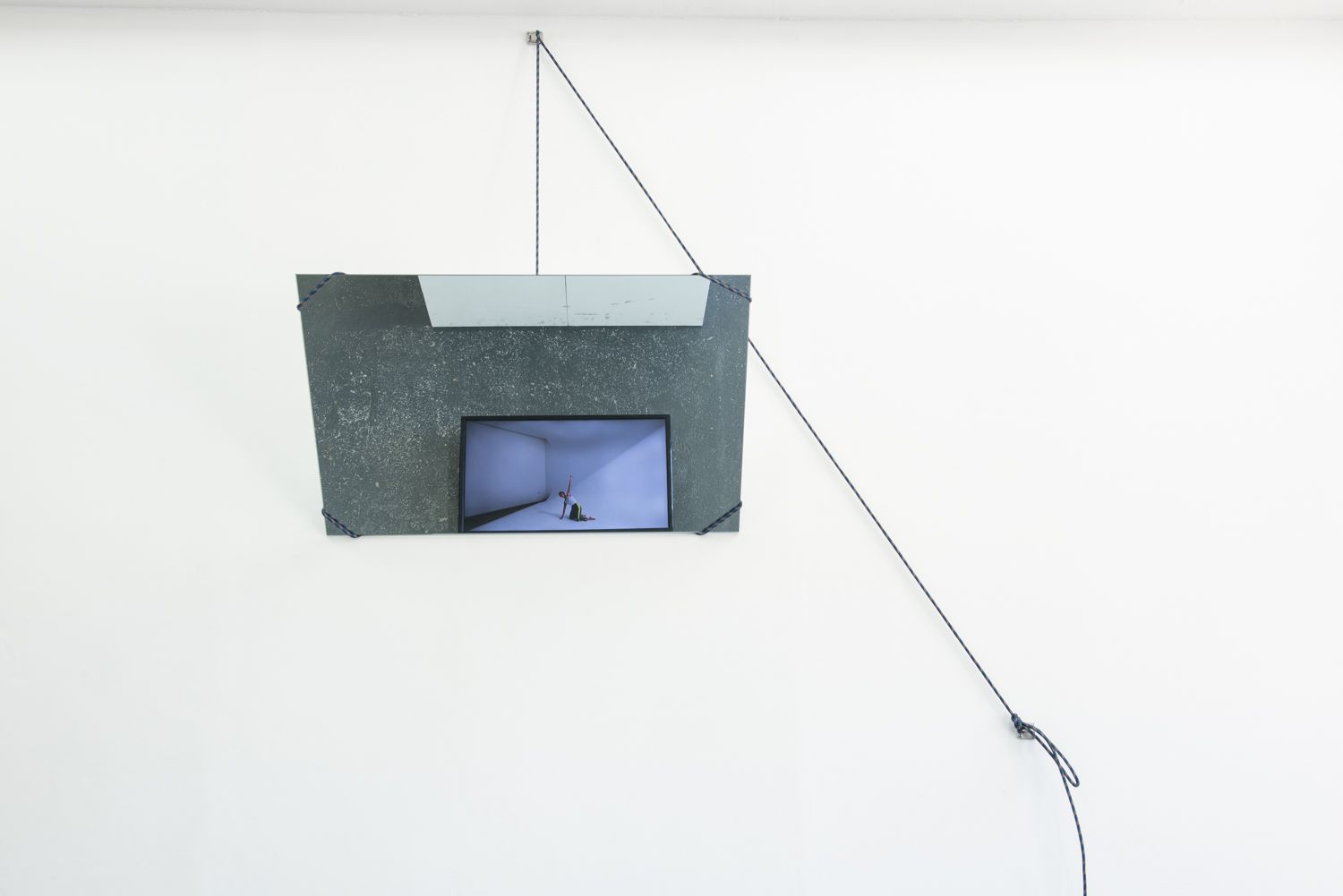

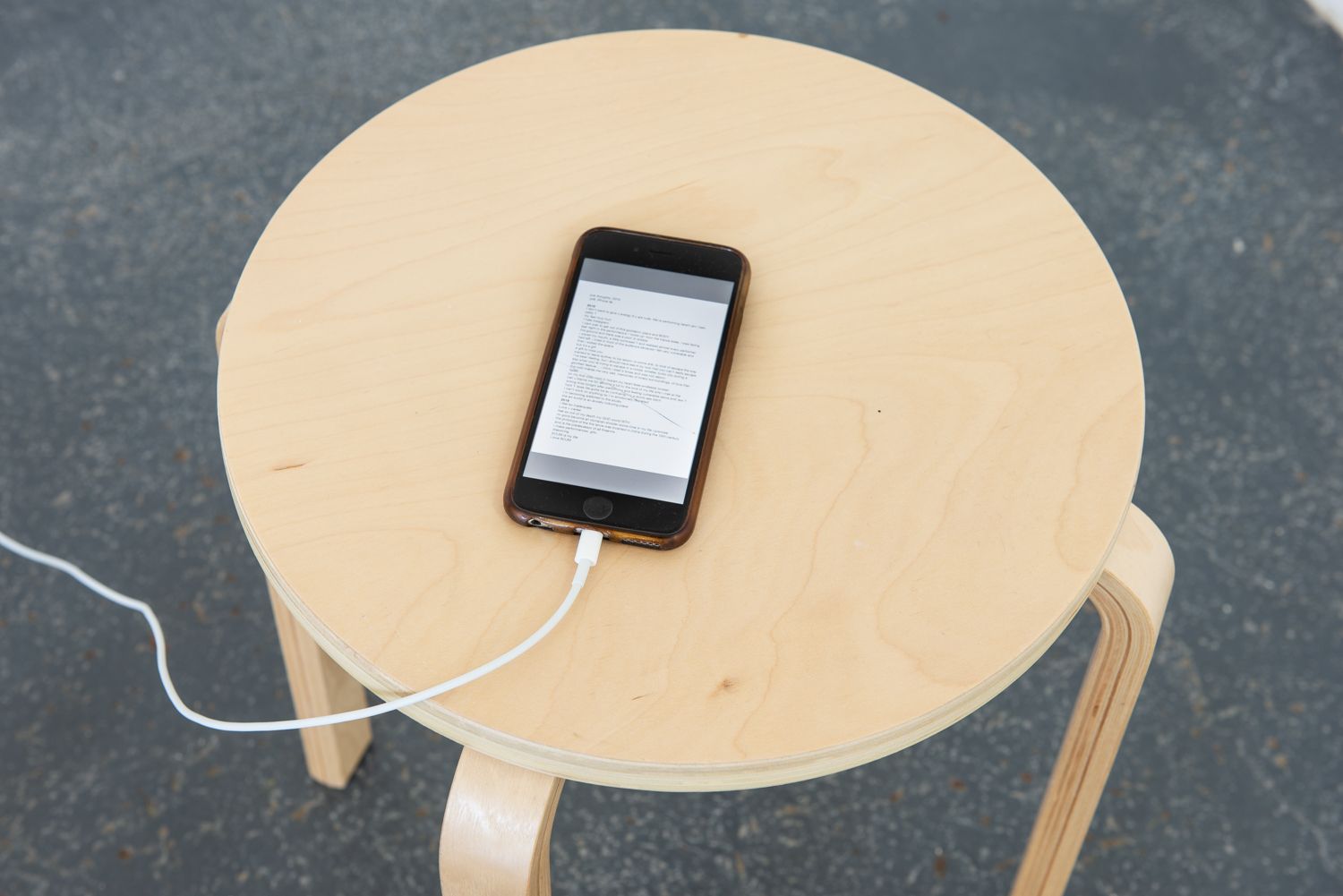

Connecting in the grey zone situated itself at the point where two grey zones converge, in order to interrogate the function of digital technology in this space.
This program takes place on the land of the Wurundjeri people of the Kulin Nation. We recognise that sovereignty was never ceded - this land is stolen land. We pay respects to Wurundjeri Elders, past, present and emerging, to the Elders from other communities and to any other Aboriginal or Torres Strait Islanders who might encounter or participate in the program.
Jess Gall + Rebecca JensenJess Gall, based in Naarm, works across multiple platforms using improvisation as a method of enquiry. Their work seeks to rupture, fragment and re-learn processes and values by composing collective and intimate experiences. Jess completed their BFA with Honours at RMIT, and is currently a resident at Dancehouse for the Emerging Choreographers Program. They have shown at TCB, Bus Projects, C3 contemporary art space, Neon Parc project space and BLINDSIDE.
Rebecca Jensen is a Melbourne based, New Zealand born, dancer, choreographer, and teacher. Rebecca’s work collages narratives, symbolism and physicality’s with an enduring interest in improvisational scores that examine social and ecological systems. Works include Deep Sea Dances Dance Massive 2017; Explorer Kier Choreographic Award finalist 2016; Blue Illusion VCA 2018, Spawn Venice Biennale College Dance 2018. As well as short works with Liquid Architecture, Spring Art Fair 1883 2016, Lucy Guerin Inc 2011. With Sarah Aiken, she has created What Am I Supposed To Do? (WAISTD) Art Centre Melbourne/Melbourne Fringe Take Over! 2019, OVERWORLD Next Wave Festival 2014/Dance Massive 2015 and Underworld Supercell Festival Brisbane/Northcote Town Hall 2017/Melbourne Knowledge Week 2019 and ongoing participatory project Deep Soulful Sweats presented locally, interstate and internationally.
Arini Byng is an artist who makes body-based work. Born on Gadigal land, she is of Lenape, African American and Anglo-Celtic descent. Arini works with the affective qualities of materials, gestures and settings — undertaking exercises in image, movement and form to negotiate political scenes. Arini’s performances and videos are complex, intimate studies in gesture and action. Her work has been exhibited nationally including Blak Dot Gallery, Watch This Space, Neon Parc project space, MPavilion, c3 Contemporary Art Space, Blindside, Bus Projects, Margaret Lawrence Gallery, The Australian Centre For Contemporary Art, and The Centre for Contemporary Photography; selected works published by Perimeter Editions, Higher Arc, Le Roy and Photofile; and with work held in publication collections of V&A, MoMA, MOCA and Tate Modern. Arini lives and works in Naarm (Melbourne) on the unceded sovereign lands and waterways of the Boon Wurrung and Woi Wurrung (Wurundjeri) people of the Kulin Nation.
Eugene Choi (b. 1993) is a performance-based artist whose practice has evolved around the physicality of constructing internal and external structures working across sculpture, performance, installation and video. Often influenced by the body in movement, Choi seeks comfort through intimate gestures, relying on the live response of her physical and emotional body. A self-made system of geometry becomes integral between objects, bodies and space, attempting to achieve equilibrium.
Ivey Wawn makes dance-based work for various contexts. Her artistic work and research centre on social relations and their historic specificities, with particular interest in relations of power, control and consent in the organisation of labour. She is committed to dance as a potential form of resistance to social abstraction and commodification. Her works have focused on the wage relation, microbial reproductive labour, commodity fetishism, and invisibility among other things.
She was commissioned by Kaldor Public Art Projects to make Surfacing (2019) in the frame of Project 34; Asad Raza’s Absorption. Greyness and Infinity (2017), was commissioned for Underbelly Arts Festival and presented at RMIT Design Hub (2018) with the support of Liquid Architecture. Adventure Dances (2016) was made with support from DirtyFeet, and Colour Dances (Spectral) have been shown at various galleries and art events in Sydney since 2016. She has a collaborative project with visual artist, Mark Mailler called Consejos de Farez, that has been supported by Critical Path and presented at First Draft Gallery. In 2020 Ivey is a Next Wave Festival artist.
Ivey works extensively as a performer primarily between Sydney and Melbourne, with national and international artists, including Amrita Hepi, Angela Goh, Atlanta Eke, Asad Raza, Brooke Stamp, Melanie-Jame Wolf, Rhiannon Newton, Tino Sehgal, Xavier Le Roy and more. She is grateful for the development support she has received from Ausdance NSW, Australia Council for the Arts, Bundanon Trust, Critical Path, DanceWEB Scholarship, DirtyFeet, Ian Potter Cultural Trust, Readymade Works, and more. Ivey also sells her labour as a waiter between projects and is a part-time student of Political Economy.
Angela Goh is a Sydney based dancer and choreographer working with dance in theatres, galleries, and telepathetic spaces. Her work considers the body in relationship to commodity, materiality, technology, and feeling. She approaches choreography as a situation and a container in which not yet formed relations can grow, and with them the possibility to access the world. Angela thinks of dance as a friend, as a condition with which to feel the world, as a bearer of knowledge, and as the point where everything starts and nothing ends. Her works have been presented widely in Australia as well as the USA, the UK, France, Belgium, Sweden, Finland, Taiwan, Germany, Norway, Estonia, Denmark and the Netherlands. She received the 2019/20 Create NSW Emerging Artist Fellowship and was named Best Artist in the 2017 FBi Sydney Music Arts and Culture awards.
Isabella Hone-Saunders (she/they) is currently practicing as a curator, arts worker and artist in Naarm (so-called melbourne, australia), on the unceded lands and water ways of the Boon Wurrung and Woi Wurrung (Wurundjeri) people of the Kulin nation.
Their curatorial practice is concerned with accessibility, representation and shared social responsibility, while examining with criticality, the inclusivity of public art spaces. They aim to interrogate and implement methodologies towards an ethical and activist informed curation.
The exhibitions and public outcomes that IHS curates endeavour to present multi-phonic positions and de-centralise any notion of an authoritative curatorial power position in favour of platforming and supporting and nurturing the artist's perspective.
Hone-Saunders’ artistic practice frequently utilises movement, with the use of video as preferred medium, often centering their body as a focal figure. IHS explores ideas of body idealisation, physicality, residual body-language, identity, and embodied readings and representations of history and ritual.
ie.-bsIchikawaEdward (est. July, 2017) is an open multi-disciplinary collaborative exchange. In its origins, ie. existed as a shared project primarily between artists Ichikawa Lee and Joshua Edward; having taken place in Naarm, (Melbourne). These artists studied alongside one another at the Victorian College of the Arts, following prior ventures of education in varying design practices.
Conceptually ie. grapples the realities of architectures and social infrastructures, digital landscapes as queer bodies, and the frictions of disability. These ideas are realised through mediums of installation, sculpture, performance, sound, digital media and creative writing.
Submitting to the flux – ie. matures and shifts – in environment and body.
The open nature of the collaboration has seen Artists Daniel Ward, Kirby Casilli, Marlia Stucci and now Brooke Smith, reinforce the investigative extensions of this practice. Tech-Artist Brooke Smith joins ie. with an arsenal of technology-based arts processes developed through her educational and professional background in Design & Technology. She is currently completing a Bachelor of Fine Arts at Parsons, The New School.
ie.––bs takes place between Naarm, (Melbourne) and Lenapehoking, (New York).
Anador Walsh is an emerging curator, writer and arts administrator who lives and works in Naarm (Melbourne) on the unceded sovereign land of the Wurundjeri people of the Kulin Nation. Anador is predominantly concerned with performance and conceptual art practices, and their ability to reflect our current socio-cultural condition. Central to Anador’s curatorial practice is a dialogical approach that preferences relationship building and the sharing of knowledge. Anador has held the professional positions of Marketing and Development Manager at Gertrude Contemporary, and Gallery Assistant at both Neon Parc and STATION Gallery, and has volunteered extensively in the not-for-profit sector, with galleries like ALASKA Projects.
Mark Feary has worked within the visual art sector for fifteen years in a range of contemporary art centres, universities, museums and artist-led initiatives, with an emphasis on contemporary art and almost exclusively within the not-for-profit sector. Feary has worked in curatorial and programming roles at Australian Centre for Photography, Sydney; Artspace, Sydney; Tokyo Metropolitan Museum of Photography; Centre for Contemporary Photography, Melbourne; and West Space, Melbourne.
Related
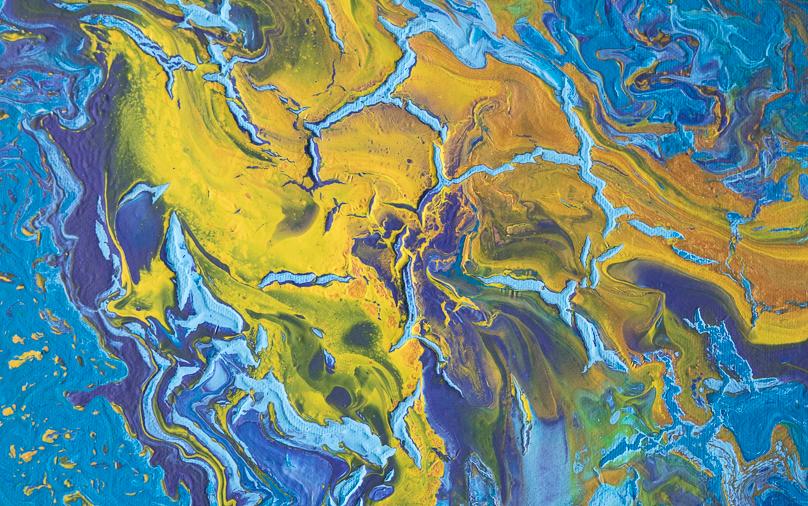
8–18 Dec 2021
Flow
Zia Atahi, Aida Azin, Tessa-May Chung, Leonie Leivenzon, Michael Tuhanuku, Maya Hodge, Luke Patterson, John Oh
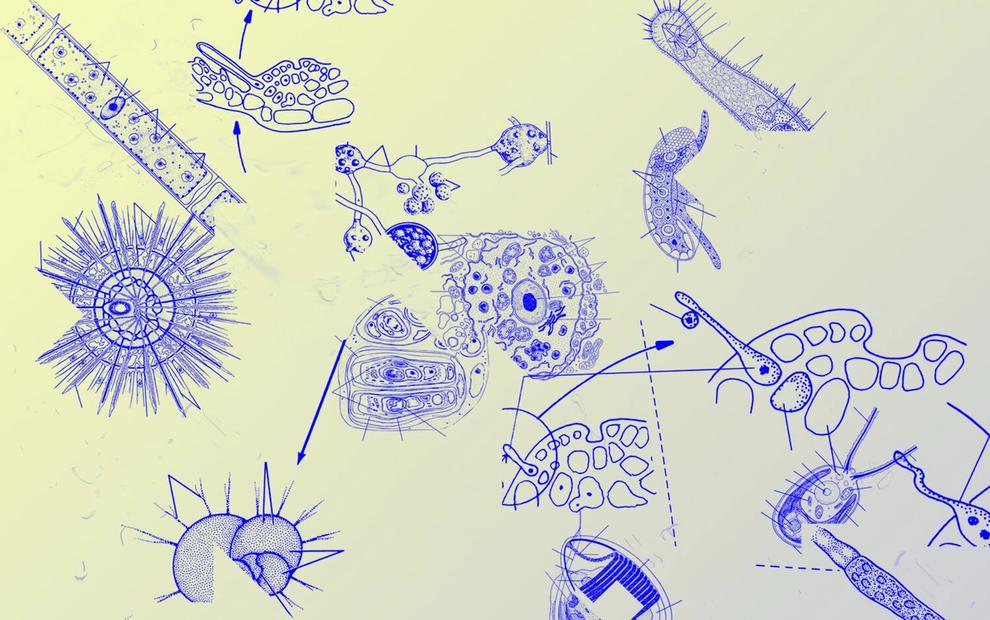
24 Feb–13 Mar 2021
Micro-(bial) Tenancies
110% (Kieran Bryant, Beth Dillon + Lachlan Herd), Beth Sometimes, Debris Facility Pty Ltd, Sarita Gálvez, Stefanie Hessler, Kate Hill, Isadora Vaughan
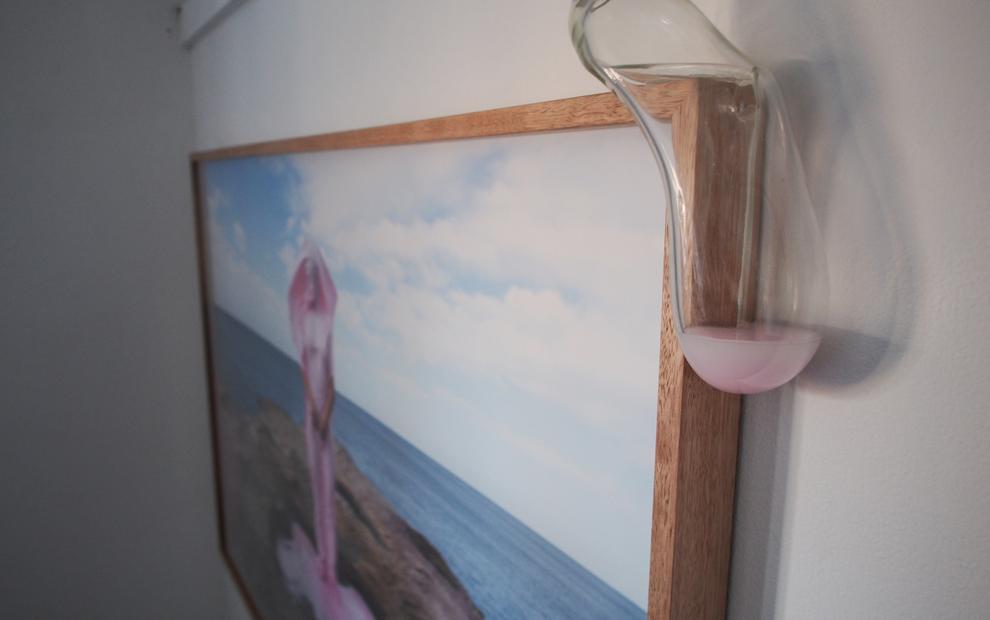
5–21 Dec 2018
Anticipation is Half of the Seduction
Helen Grogan, Christopher Boots, Shannon May Powell, Honey Long + Prue Stent, Kathleen Campone, Isabella Whāwhai Waru, Euphemia Russell
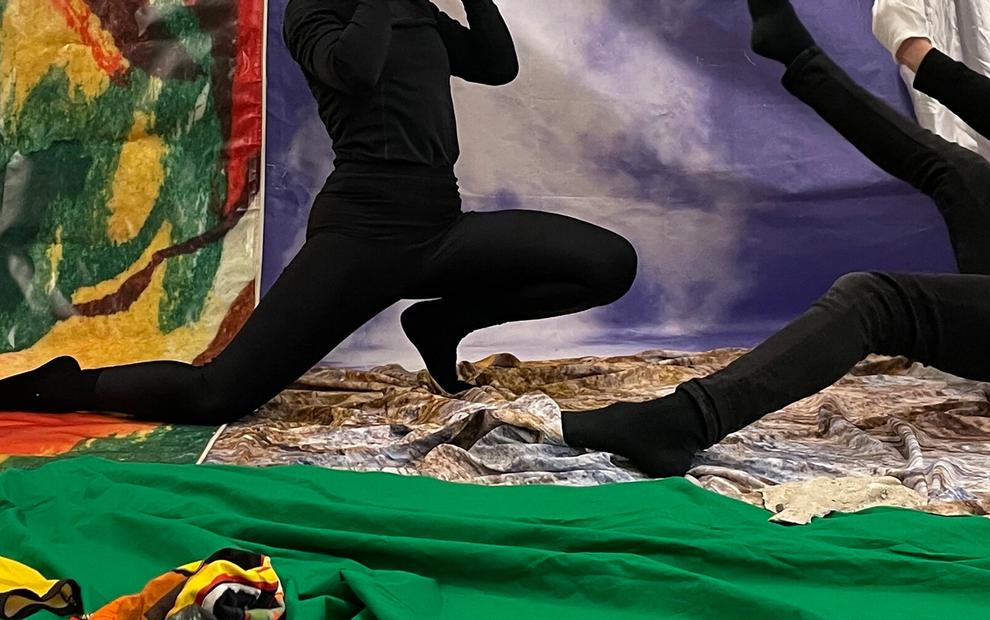
28 Apr–15 May 2021
Spawn
Rebecca Jensen
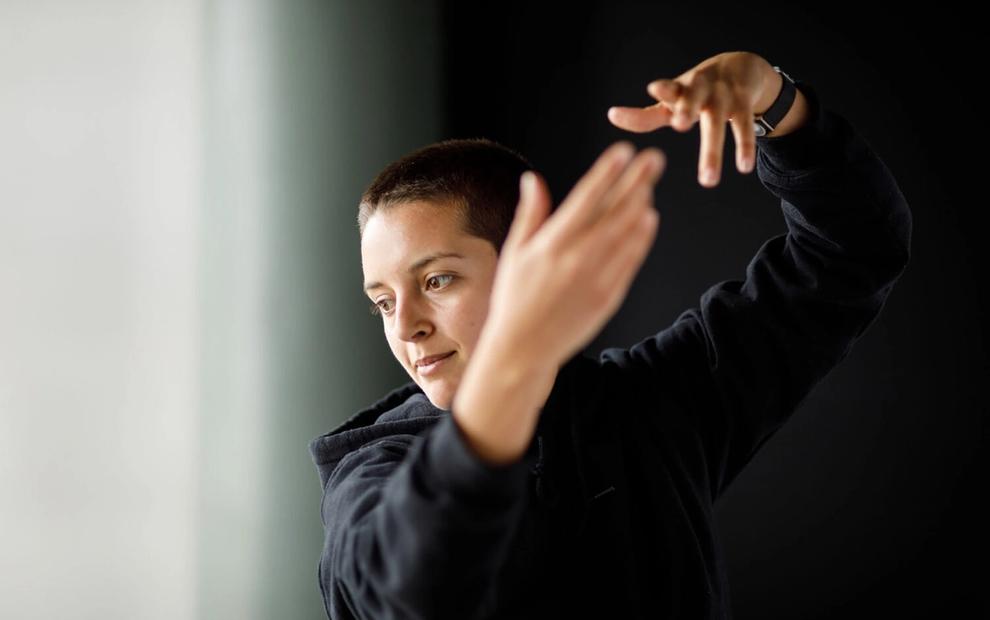
2–19 Sep 2020
Solo Residency: Ivey Wawn
Ivey Wawn

23 Jan–9 Feb 2019
Live Work
Arini Byng, Aaron Christopher Rees
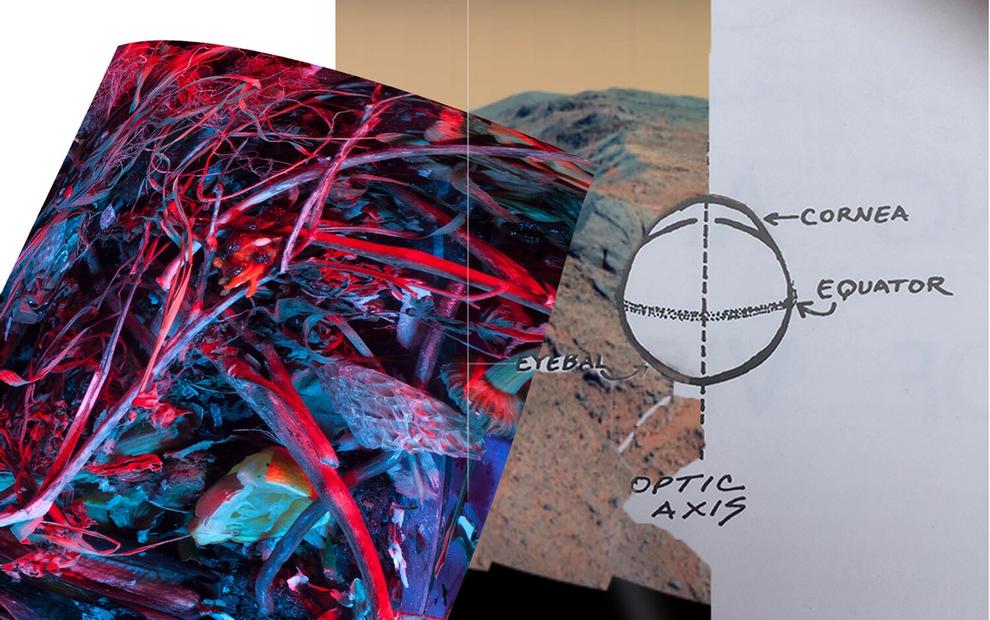
14–31 Oct 2020
Eye Napping
Jessie Gall









